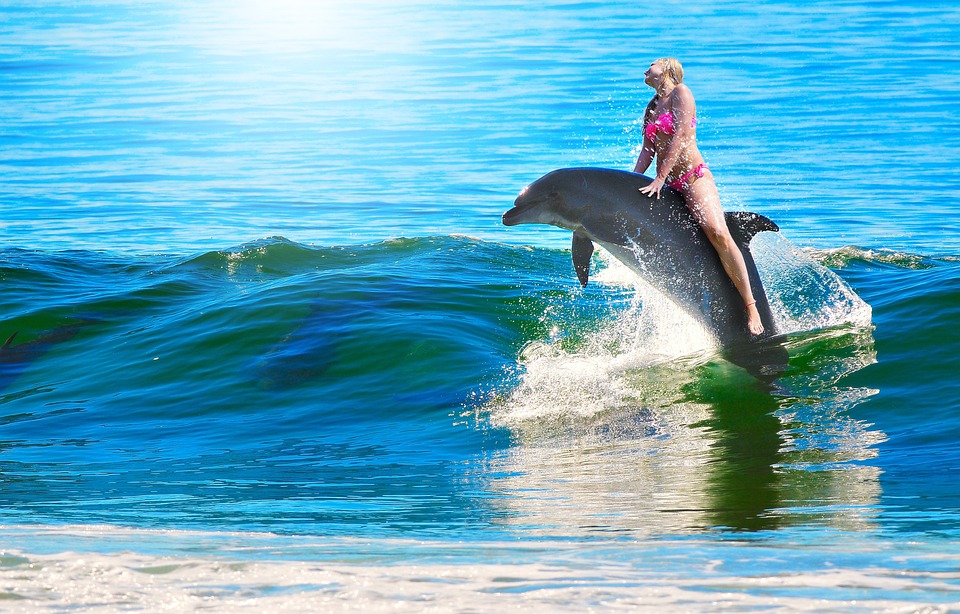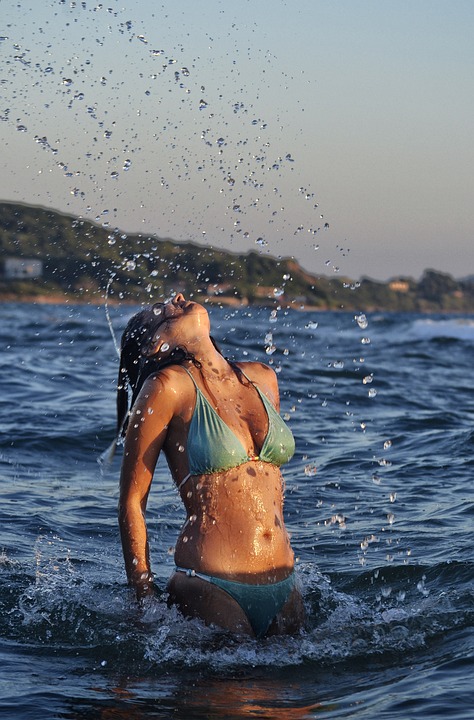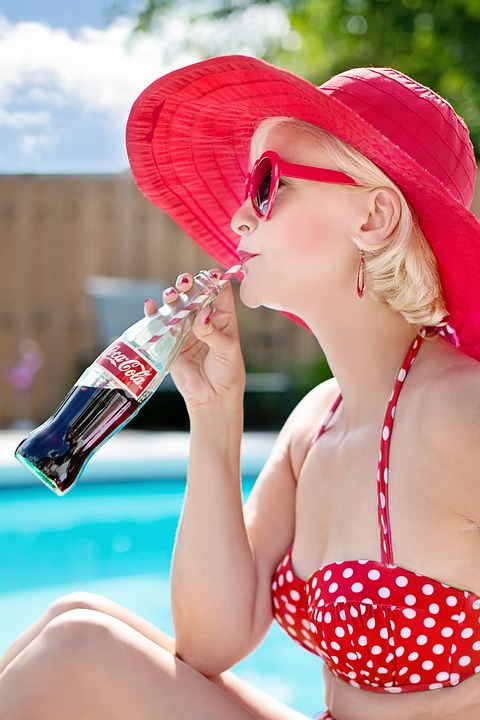Bikini Area Acne: Causes, Treatment, and Prevention
Acne is a common skin condition that affects people of all ages and can occur in various parts of the body, including the face, back, chest, and even the Bikini area. While acne in the Bikini area can be uncomfortable and embarrassing, it is important to remember that you are not alone in your struggle. In this article, we will explore the causes of Bikini area acne, effective treatment options, and preventive measures you can take to maintain healthy and clear skin in this sensitive area.
Understanding Bikini Area Acne
Bikini area acne, also known as acne mechanica, is a type of acne that is triggered by friction, heat, and sweat in the area where hair grows after shaving or waxing. This friction, combined with the natural oils produced by the skin, can clog the hair follicles, leading to the development of acne lesions.
Causes of Bikini Area Acne
1. Shaving or Waxing: One of the primary causes of Bikini area acne is the removal of hair through shaving or waxing. These methods can irritate the skin and disrupt the natural balance, making it more prone to acne breakouts.
2. Tight Clothing: Wearing tight-fitting clothing, especially synthetic fabrics that don’t allow the skin to breathe, can trap sweat and bacteria against the skin, leading to acne.
3. Hormonal Changes: Hormonal fluctuations, such as those that occur during the menstrual cycle, can contribute to the development of acne in the Bikini area. These changes can increase oil production and promote the growth of acne-causing bacteria.
4. Poor Hygiene: Failing to keep the Bikini area clean and dry can create an environment favorable for the growth of acne-causing bacteria. It is essential to maintain proper hygiene by using gentle cleansers and avoiding harsh soaps or scrubs that may further irritate the skin.
5. Excessive Sweating: Engaging in activities that cause excessive sweating, such as exercising or spending extended periods in hot and humid environments, can increase the likelihood of developing acne in the Bikini area.
Treatment Options for Bikini Area Acne
1. Topical Treatments: Over-the-counter creams, gels, or lotions containing benzoyl peroxide or salicylic acid can help reduce inflammation and kill acne-causing bacteria. Apply these products sparingly to the affected area and follow the instructions provided.
2. Warm Compress: Applying a warm compress to the affected area can help reduce inflammation and open up clogged pores. Soak a clean cloth in warm water, gently squeeze out the excess, and place it on the acne-prone area for 10-15 minutes. Repeat this process a few times a day.
3. Avoid Tight Clothing: Opt for loose-fitting clothing made of breathable fabrics like cotton to prevent friction and allow the skin to breathe. Avoid wearing tight underwear or swimwear that can trap sweat and bacteria against the skin.
4. Proper Shaving Techniques: If you choose to shave the Bikini area, make sure to do it gently and with a clean razor. Shave in the direction of hair growth to minimize irritation and avoid going over the same area repeatedly.
5. Seek Professional Help: If home remedies and over-the-counter treatments do not provide relief, it is advisable to consult a dermatologist. They can prescribe stronger topical treatments or oral medications to tackle more severe cases of Bikini area acne.
Preventing Bikini Area Acne
1. Practice Good Hygiene: Keep the Bikini area clean by washing it gently with a mild cleanser and warm water. Avoid scrubbing vigorously, as this can aggravate the skin and lead to more breakouts.
2. Exfoliate Regularly: Use a gentle exfoliating scrub or brush to remove dead skin cells and unclog the pores. However, be cautious not to overdo it, as excessive exfoliation can irritate the skin and worsen acne.
3. Moisturize Appropriately: Use a lightweight, oil-free moisturizer to keep the skin hydrated without clogging the pores. Look for products labeled as non-comedogenic, which means they are less likely to cause acne.
4. Avoid Touching or Picking: Resist the temptation to touch, squeeze, or pick at acne lesions in the Bikini area. This can introduce more bacteria into the area and increase the risk of scarring.
5. Stay Dry: After showering or swimming, make sure to thoroughly dry the Bikini area. Moisture left on the skin can create a breeding ground for bacteria, leading to acne breakouts.
In conclusion, Bikini area acne can be an uncomfortable and frustrating condition, but with the right understanding, treatment, and prevention methods, you can achieve clearer and healthier skin in this sensitive area. Remember to be patient and consistent in your efforts, and consult a dermatologist if needed. By taking proper care of your skin and adopting preventive measures, you can minimize the occurrence of Bikini area acne and enjoy the confidence that comes with clear skin.
Commonly Asked Questions About Bikini Area Acne
What is Bikini area acne?
Bikini area acne refers to the occurrence of acne breakouts in the area where a Bikini or swimwear covers. It can include the pubic region, inner thighs, buttocks, and the skin around the Bikini Line. This condition can be quite common, especially during the summer months or in individuals who frequently wear tight clothing or engage in activities that cause friction or excessive sweating in the Bikini area.
Three important pieces of information about Bikini area acne are:
1. It is a common condition that can affect both men and women.
2. It is often caused by factors such as friction, sweating, and irritation.
3. Proper hygiene and skincare practices can help prevent and manage Bikini area acne.
What are the causes of Bikini area acne?
Several factors can contribute to the development of Bikini area acne. Firstly, friction from tight clothing or swimwear can irritate the hair follicles and lead to acne breakouts. Excessive sweating, especially in hot and humid weather, can also contribute to the clogging of pores and the growth of acne-causing bacteria. Additionally, shaving or waxing the Bikini area can cause irritation and ingrown hairs, which can further aggravate acne.
Three important pieces of information about the causes of Bikini area acne are:
1. Friction from tight clothing or swimwear can irritate the hair follicles and contribute to acne.
2. Excessive sweating in hot and humid conditions can clog pores and promote the growth of acne-causing bacteria.
3. Shaving or waxing the Bikini area can lead to irritation and the development of ingrown hairs, which can worsen acne.
How can Bikini area acne be prevented?
Preventing Bikini area acne involves adopting a comprehensive approach that focuses on proper hygiene and skincare practices. Firstly, wearing breathable and loose-fitting clothing can help reduce friction and minimize irritation in the Bikini area. It is also important to maintain good personal hygiene by regularly cleansing the area with a mild, non-comedogenic cleanser. Avoiding excessive scrubbing or using harsh exfoliants is essential to prevent further irritation. Furthermore, keeping the Bikini area dry and clean, especially after sweating or swimming, can help prevent acne breakouts.
Three important pieces of information about preventing Bikini area acne are:
1. Wearing breathable and loose-fitting clothing can reduce friction and minimize irritation in the Bikini area.
2. Regularly cleansing the Bikini area with a mild, non-comedogenic cleanser helps maintain good personal hygiene.
3. Keeping the Bikini area dry and clean, especially after sweating or swimming, is important for preventing acne breakouts.
How can Bikini area acne be treated?
Treating Bikini area acne involves a combination of topical treatments and lifestyle modifications. Firstly, using over-the-counter acne products containing benzoyl peroxide or salicylic acid can help reduce inflammation and unclog pores. However, it is important to start with a low concentration and gradually increase to minimize skin irritation. Applying a warm compress or taking a warm bath can also help soothe the affected area. Additionally, avoiding tight clothing and opting for breathable fabrics can aid in the healing process. In more severe cases, it may be necessary to consult a dermatologist who can prescribe stronger topical medications or recommend other treatment options.
Three important pieces of information about treating Bikini area acne are:
1. Over-the-counter acne products containing benzoyl peroxide or salicylic acid can help reduce inflammation and unclog pores.
2. Applying a warm compress or taking a warm bath can help soothe the affected area.
3. In severe cases, consulting a dermatologist may be necessary for stronger topical medications or alternative treatment options.
When should I seek medical advice for Bikini area acne?
While most cases of Bikini area acne can be managed with proper hygiene and self-care measures, there are certain situations where seeking medical advice is recommended. If the acne does not improve after several weeks of consistent treatment, worsens significantly, or is accompanied by severe pain or discomfort, it is advisable to consult a dermatologist. Additionally, if there are signs of infection, such as pus-filled lesions, redness, or swelling, medical attention should be sought promptly to prevent further complications.
Three important pieces of information about seeking medical advice for Bikini area acne are:
1. If the acne does not improve after several weeks of consistent treatment, it is advisable to consult a dermatologist.
2. Worsening of acne or the presence of severe pain or discomfort should prompt a visit to a healthcare professional.
3. Signs of infection, such as pus-filled lesions, redness, or swelling, require prompt medical attention to prevent complications.
1. Bikini area acne is caused by poor hygiene
Contrary to popular belief, acne in the Bikini area is not solely caused by poor hygiene. While maintaining cleanliness is important, acne in this area can be influenced by various factors such as hormonal changes, genetics, and friction from clothing or shaving. Therefore, it is crucial to understand that hygiene alone is not the root cause of Bikini area acne.
2. Only women get acne in the Bikini area
Another common misconception is that only women experience acne in the Bikini area. However, this is not true. Both men and women can develop acne in this region due to similar reasons such as hormonal imbalances or irritation from clothing. The perception that it exclusively affects women can lead to the neglect of proper care and treatment for men who experience Bikini area acne.
3. Shaving causes Bikini area acne
Shaving is often blamed as the main cause of acne in the Bikini area, but this is a misconception. While shaving can potentially irritate the skin, leading to redness or ingrown hairs, it does not directly cause acne. Acne is primarily caused by the overproduction of sebum, clogged pores, and bacterial growth. Shaving may exacerbate the appearance of acne, but it is not the root cause.
4. Sun exposure helps clear Bikini area acne
Some individuals believe that sun exposure can help clear acne in the Bikini area. However, this is a myth. While the sun can temporarily dry out the skin and make acne less visible, prolonged sun exposure can actually worsen acne in the long run. The ultraviolet (UV) rays can lead to increased inflammation and damage the skin, making it more prone to breakouts. Therefore, relying on sun exposure as a treatment for Bikini area acne is not advisable.
5. Acne in the Bikini area will disappear on its own
Many people assume that acne in the Bikini area will naturally disappear over time without any treatment. However, this is not always the case. Acne can persist for a prolonged period and may even worsen without proper care and treatment. Ignoring acne in this area can lead to scarring, hyperpigmentation, and a negative impact on self-esteem. Seeking appropriate skincare and treatment options is crucial to effectively manage and minimize the occurrence of Bikini area acne.
Bikini Area Acne
#Bikini #Area #Acne


